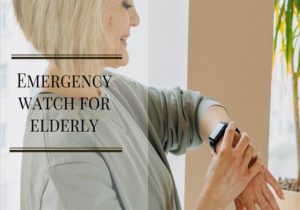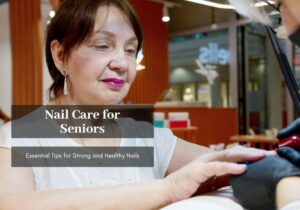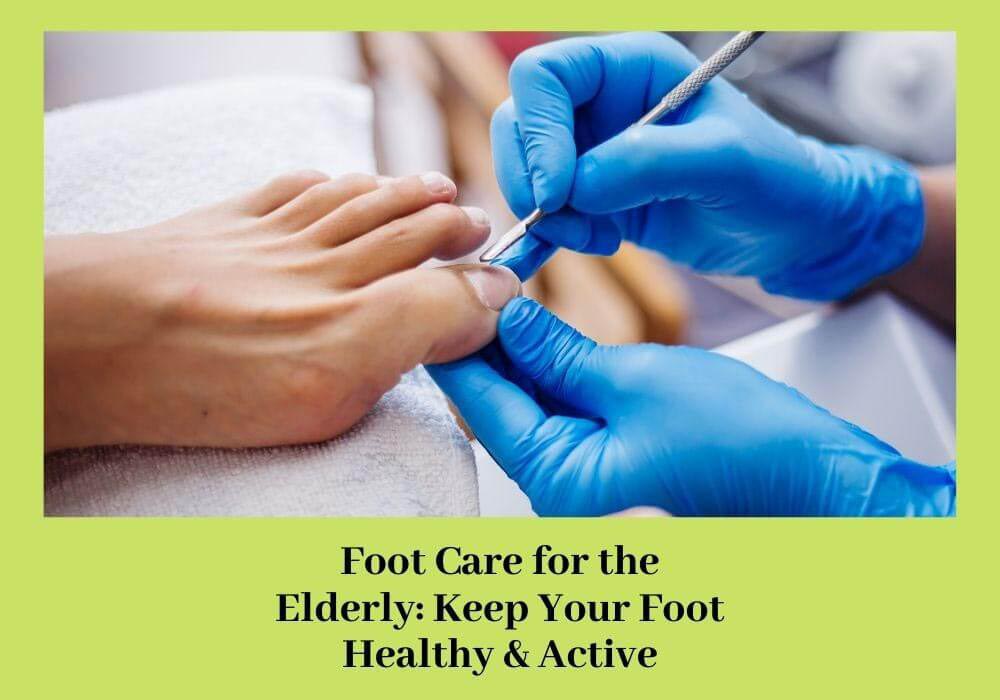
The elderly are one of the most at-risk groups when it comes to foot health. This is because as we age, our feet tend to become more prone to injury and infection. In addition, many seniors find it difficult or uncomfortable to take care of their feet properly. If you are a senior citizen, or have elderly loved ones, it is important that you know how to take care of their feet. In this article, I will share some of the best tips for foot care for the elderly!
Summary Tips:
- Wash your feet regularly with soap and warm water
- Especially between the toes, make sure your feet are completely dry.
- Apply a moisturizer to your feet after washing them
- Wear socks that fit well and are made from a breathable fabric
- Trim your toenails straight across, avoiding sharp edges
- Don’t go barefoot in public places – wear shoes instead
- Inspect your feet regularly for any sores or cuts
- See a doctor if you have any concerns about your feet
Let’s see what are the most prevalent foot issues that seniors suffer from?
# Athlete’s foot:
This foot problem is very common in seniors, particularly those who are not active. It occurs when foot fungus grows on the bottom of your foot or between toes.
How to treat: The best way to treat an athlete’s foot is by using an antifungal medication like Lamisil (terbinafine). You can also try over-the-counter foot powder.
How to prevent: Wash your feet regularly with soap and water, dry them completely before putting socks or shoes on; keep foot fungus growth at bay by applying foot powder after showering or bathing.
# Dry skin:
Dry foot skin is common in seniors. It happens when the fat cells under foot skin become depleted or break down, resulting in dry feet that are prone to cracking and discomfort.
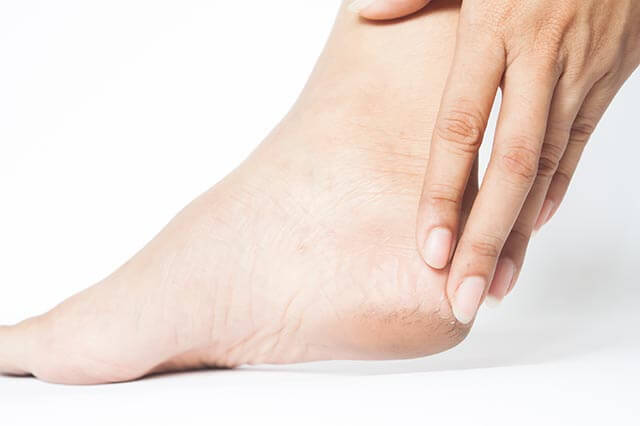
How to prevent: Use foot powder or cream after showering; apply moisturizer on foot regularly (at least twice a day), especially after bathing; use mild soap with lukewarm water instead of hot water when washing foot skin. If the problem persists despite these measures, please consult your doctor immediately!”
# Corns and calluses:
These foot problems are caused by thick, dry skin that forms on the feet as a result of constant friction and pressure. Corns usually occur on the toes while calluses form on the heel or ball of the foot.
How to treat: To remove corns and calluses, you can try using a pumice stone or foot file; soak your feet in warm water for about 15 minutes before filing or scraping away the dead skin. You can also try using an over-the-counter corn remover.
How to prevent: Wear comfortable shoes that fit well and provide enough room for your toes; avoid going barefoot, especially when outside; use a foot powder or cream to keep foot skin dry and prevent foot fungus growth.
# Heel spurs:
This foot problem is caused by calcium deposits that form on the heel bone. It might be impossible to walk owing to the discomfort.
How to treat: There are a few treatment options for heel spurs, including over-the-counter medications, injections, and surgery. However, the most effective treatment is usually physical therapy.
How to prevent: Wear shoes that have good arch support and heel cushioning; do foot exercises like calf raises and toe stretches to keep foot muscles strong.
# Hammertoes:
This foot problem is a deformity of the toes in which they bend abnormally and form into a claw-like shape.
How to treat: You can try using over-the-counter toe braces or splints to help straighten the toes; if the problem persists, you may need surgery to correct it.
How to prevent: Wear shoes that have a lot of room for your toes to move; avoid high heels and tight-fitting shoes.
# Ingrown toenails:
This foot problem occurs when a toenail grows into the side of foot skin, which can be very painful and even lead to infection.
How to treat: You should see your doctor if you notice any signs of an ingrown toenail such as redness or swelling around the affected area; he/she may prescribe antibiotics for infection and pain medication for foot pain.
How to prevent: Wear shoes that fit properly; do not cut your toenails too short or round off the corners when trimming them.
If you or your elderly loved ones are experiencing any of the foot problems listed above, it is important to seek medical help right away.
Aside from the above details, I’d like to share you with all of the necessary tips elaborately in order to lower your risk of developing foot problems. Let’s look at each tip one by one regarding foot care for the elderly:
Tip 01: Keep your feet clean and dry
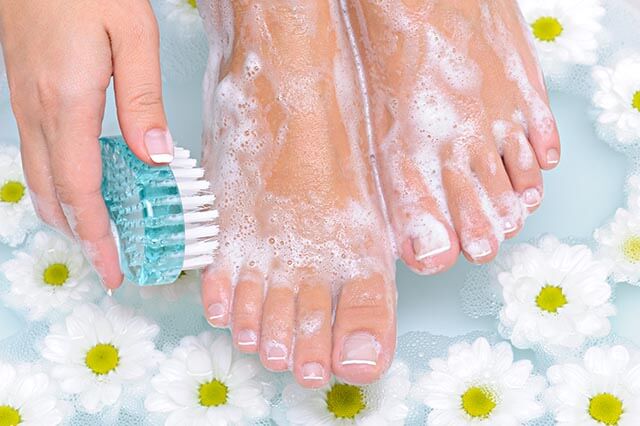
One of the most important things you can do for foot care is to keep your feet clean and dry. This means washing your feet regularly and making sure they are completely dry before putting on socks or shoes. If your feet are wet or damp, this can lead to fungal infections or other foot problems.
Tip 02: Trim your toenails regularly
Another important foot care tip is to trim your toenails regularly. This will help keep them healthy and free of infection. Be sure to use a sharp clipper, and cut them straight across the top. Do not cut them too short, or you may risk cutting into the skin.
Tip 05: See a foot doctor regularly
If you have any concerns about your foot health, it is important to see a foot doctor. A foot doctor can help diagnose and treat any problems you may have. Regular visits to the foot doctor can help keep your feet healthy and pain free!
Tip 03: Use a foot cream
In addition, it is important to use a foot cream regularly. This will help keep your feet soft and healthy. Look for a foot cream that contains moisturizers and vitamins, and apply it twice a day.
Tip 06: Wear the right shoes
It is important to wear the right shoes. This means choosing a shoe that is comfortable and supportive. Be sure to avoid shoes that are too tight or too loose, and always break in new shoes before wearing them for long periods of time.
You can learn about different comfortable shoe ideas by reading our article, shoes for the elderly, to pick the best pair.
Tip 04: Massage your feet daily
Finally, foot massage is a great way to keep your feet healthy and active. This can be done by yourself or with the help of an electric foot massager. A foot massage will reduce pain in your feet, as well as increase circulation.
Tip 07: Take regular breaks
Lastly, be sure to take regular breaks when standing or walking. This will help reduce the stress on your feet and lower your risk of foot pain or injury.
Tip 08: Stretch your feet daily
In addition to the tips mentioned above, it is also important to stretch your feet daily. This can be done by stretching out your foot and ankle with a band, or by doing some simple foot exercises.
I hope this article has given you some tips & guidelines on how to take foot care for the elderly. However, if you experience foot problems, it is important to seek medical advice from your doctor as soon as possible. Foot pain can be caused by many different conditions and diseases. It’s best not to self-diagnose foot problems unless you’re sure about the cause of foot pain or discomfort.”
Disclaimer: The information provided in this article is not intended to be a substitute for professional medical advice. Always seek the advice of your doctor or other qualified health care provider with any questions you may have regarding foot care. The information in this article is provided “as is” and without warranty of any kind, express or implied.
YOU CAN ALSO READ :
*17 Impressive Retirement Gifts for Dad: Get Your Father a Very Delightful Retirement
*Best 10 Dress Code Ideas: What to Wear to A Retirement Party?
*Best Retirement Party Decorations Ideas to Make It Memorable
*Best Emotional Support Dogs: 12 breeds for Seniors and Retiree

